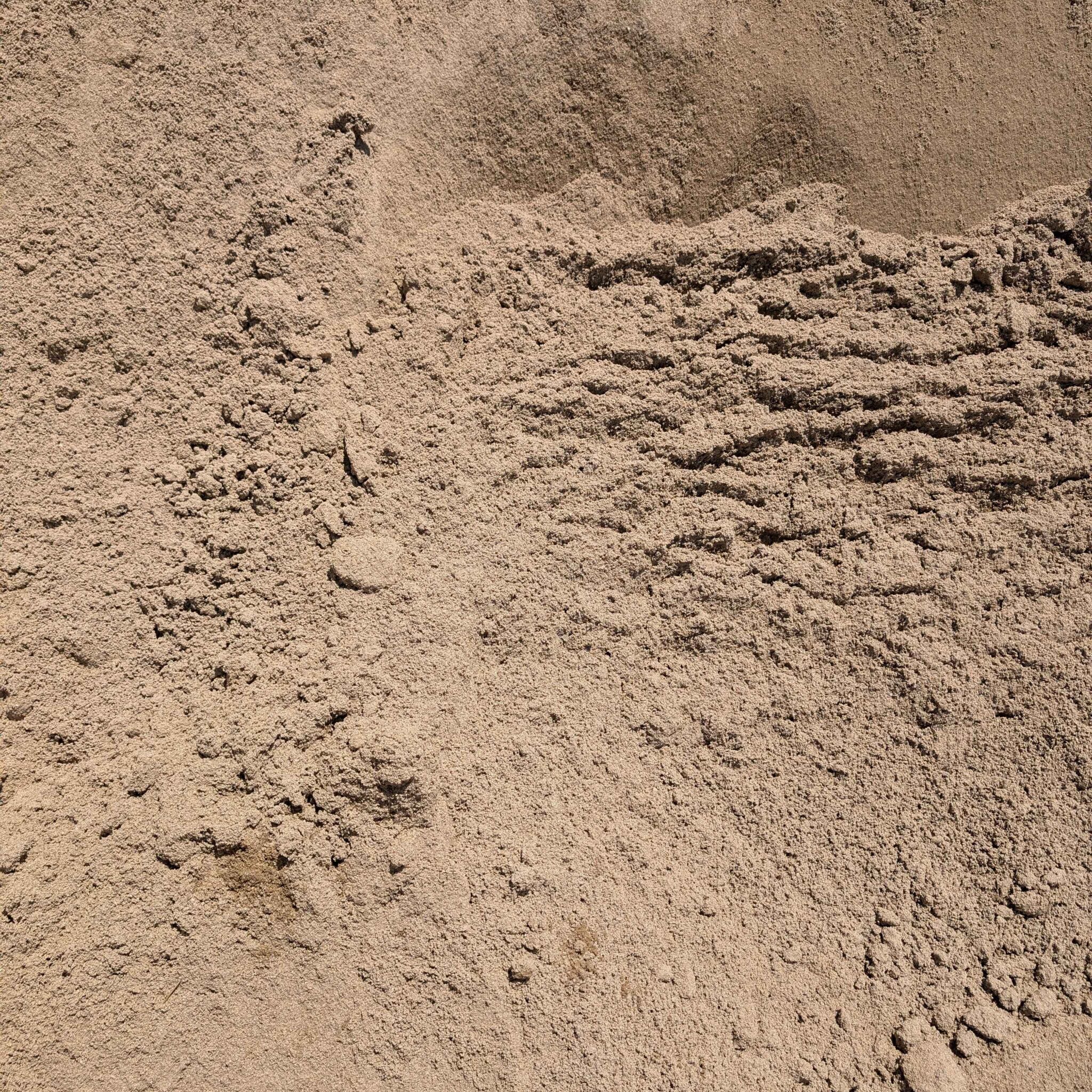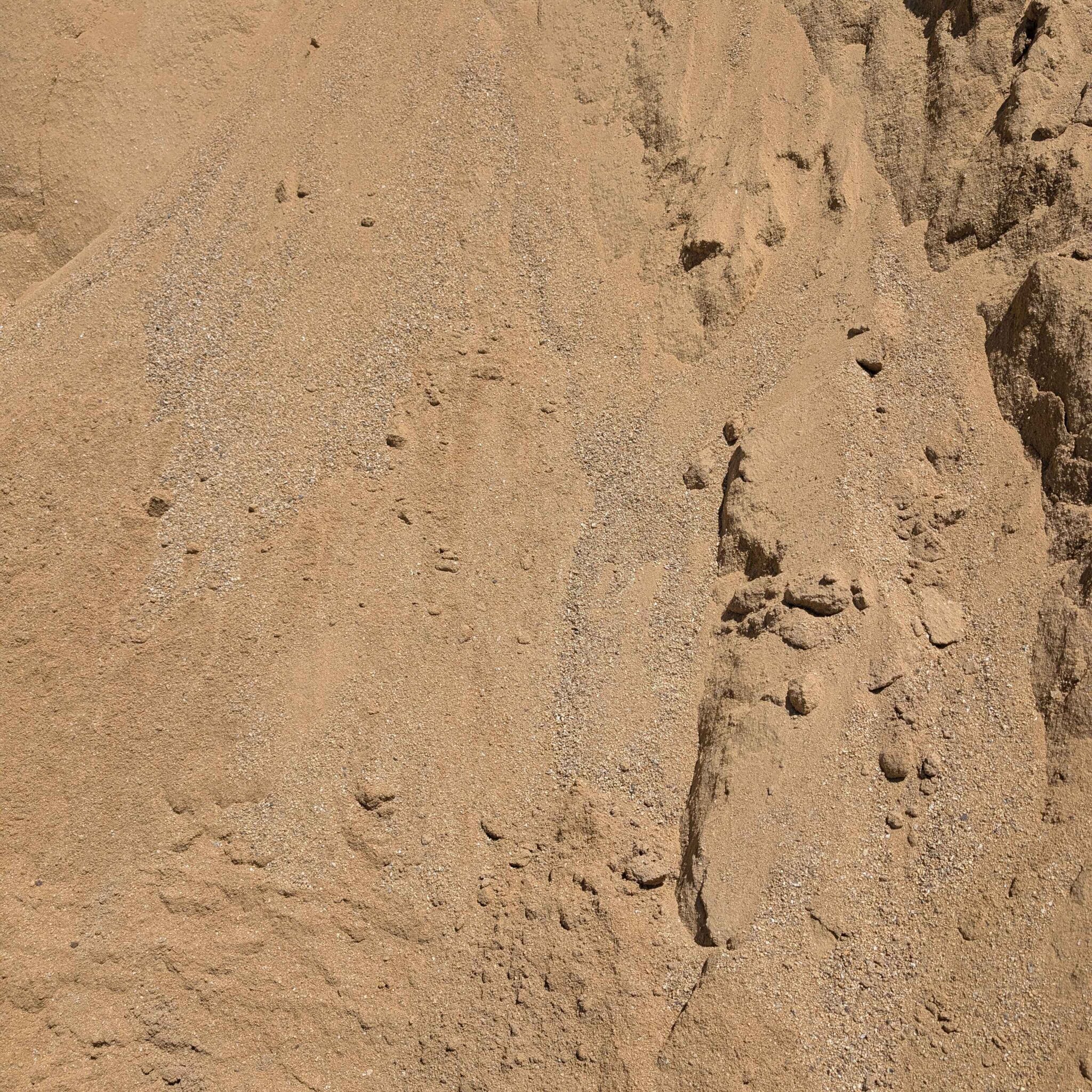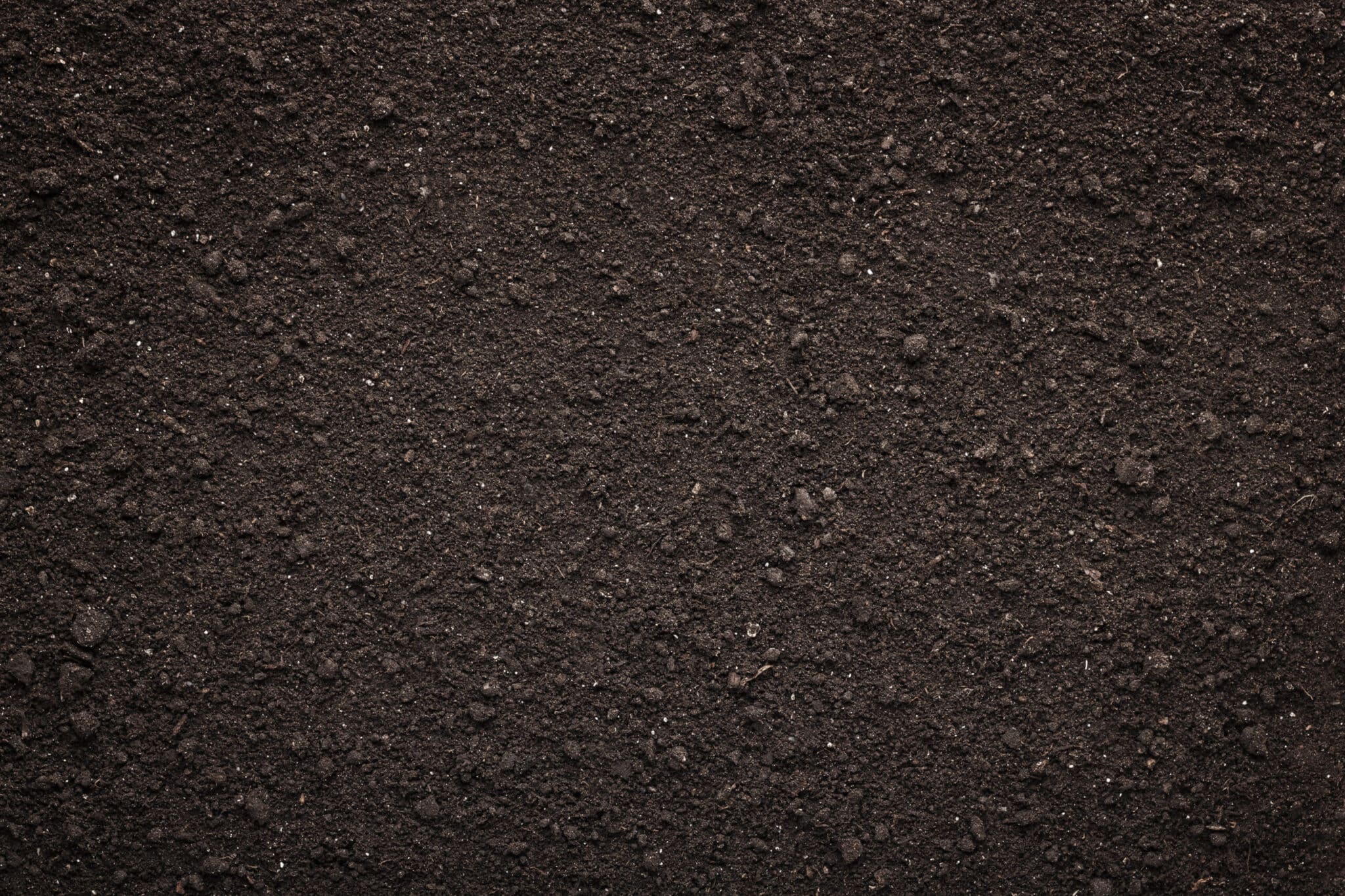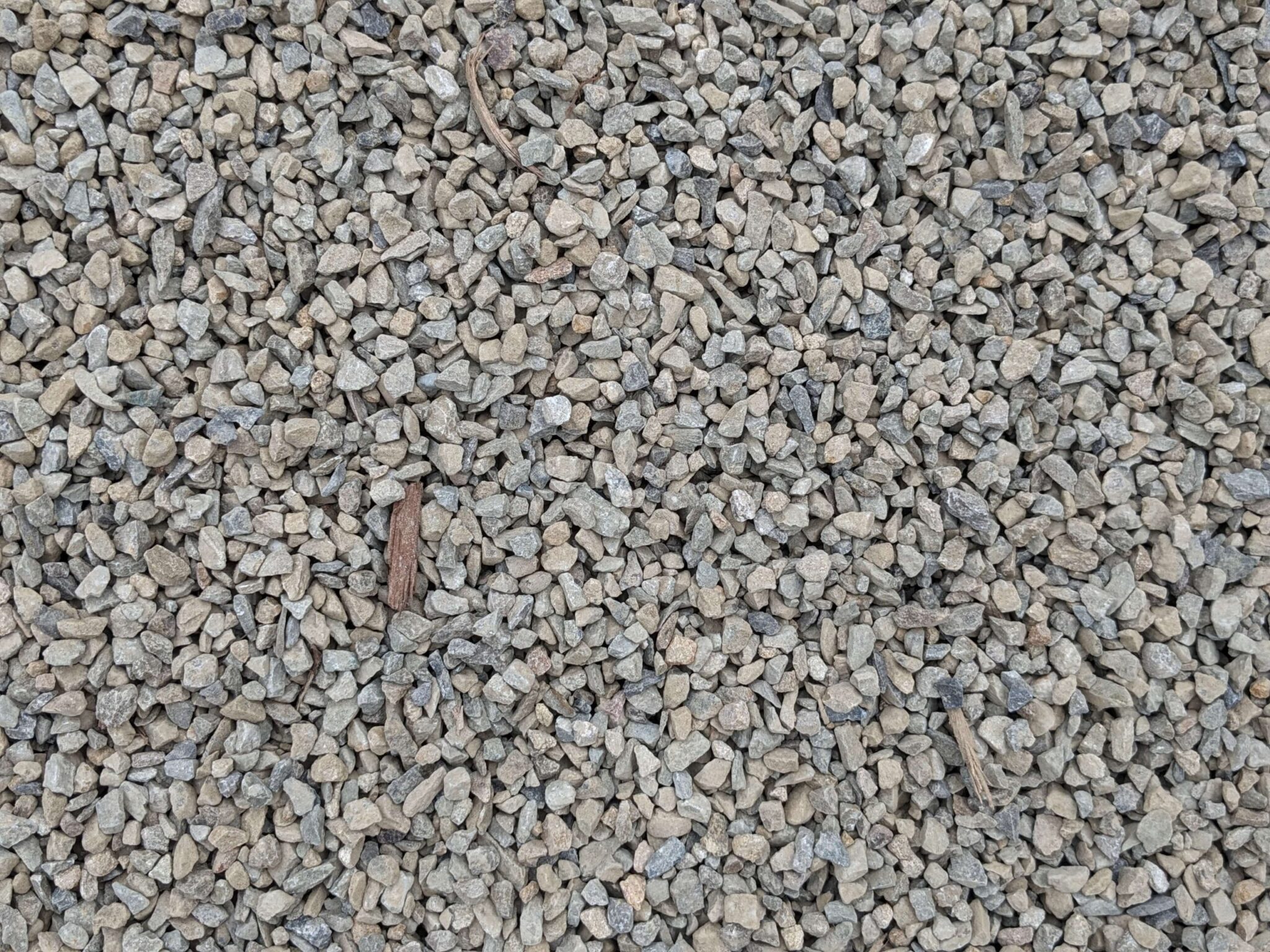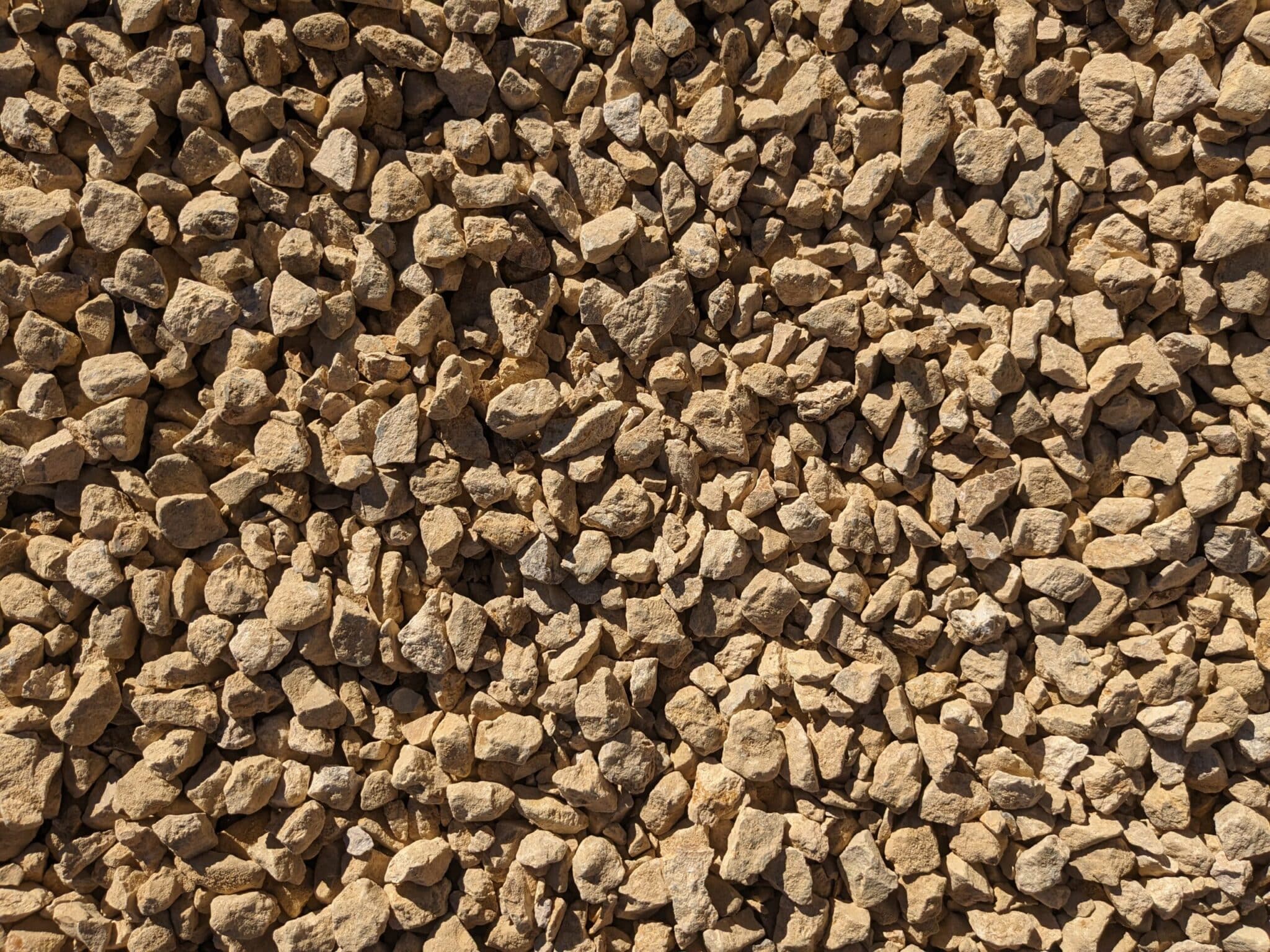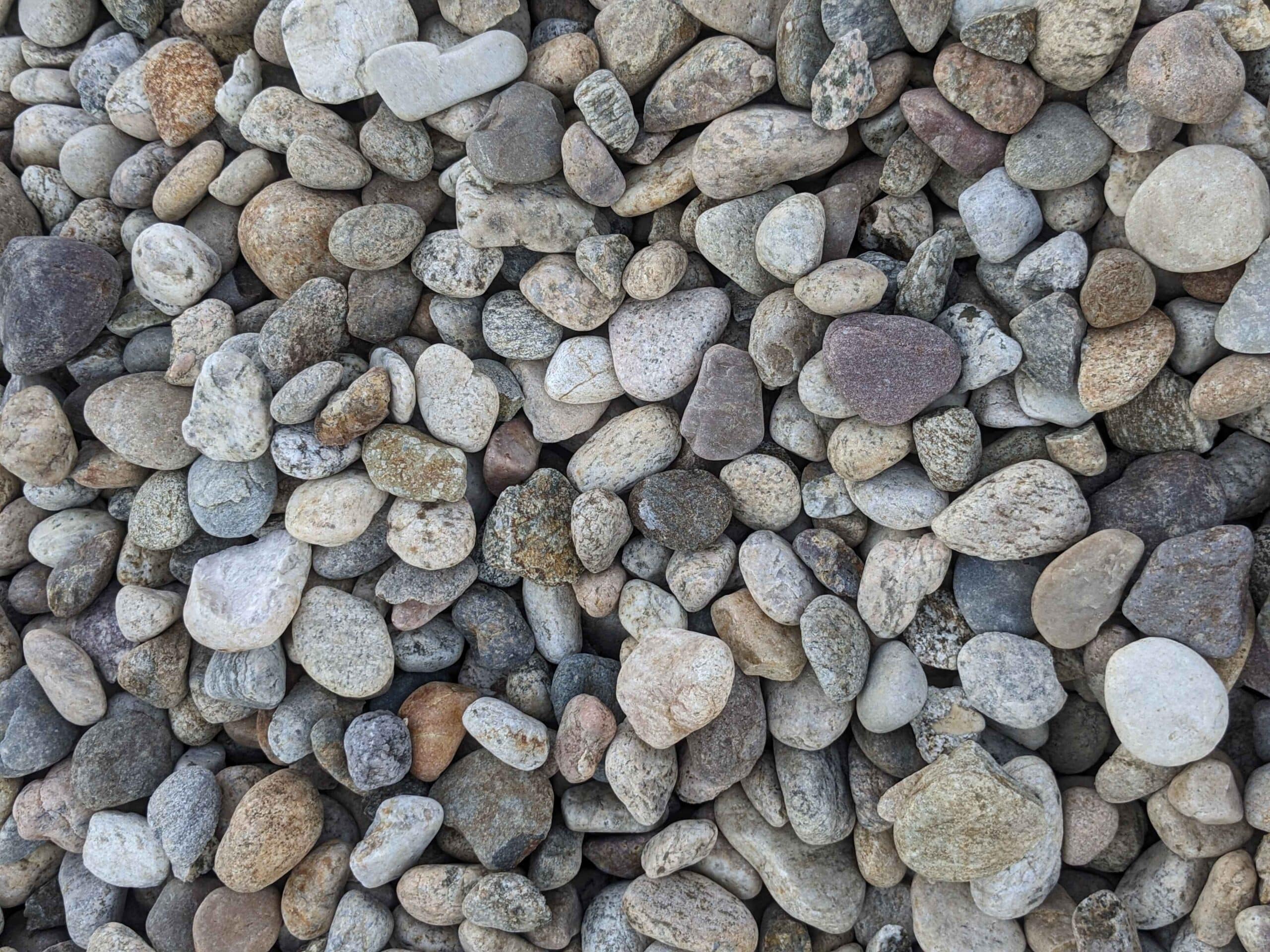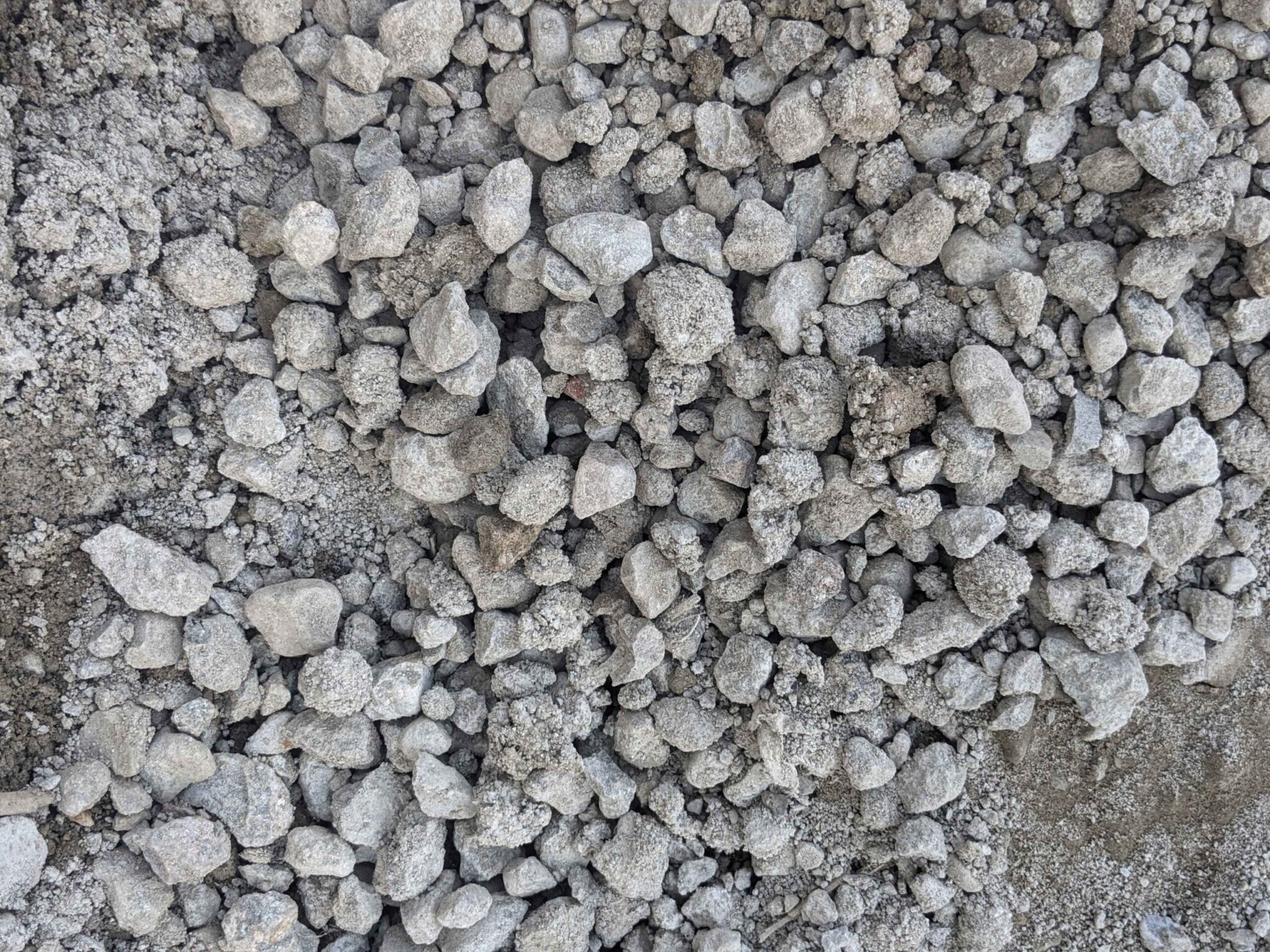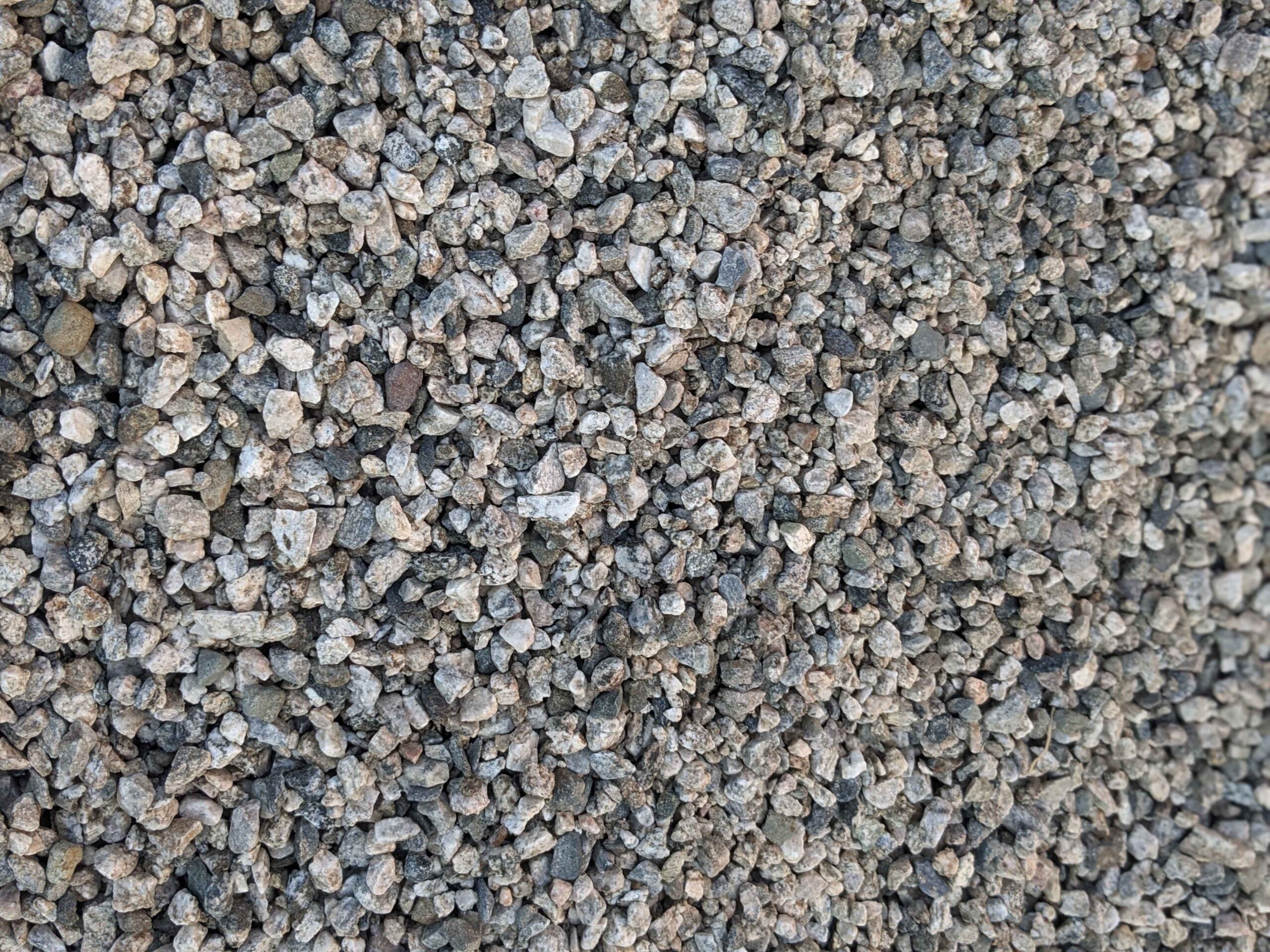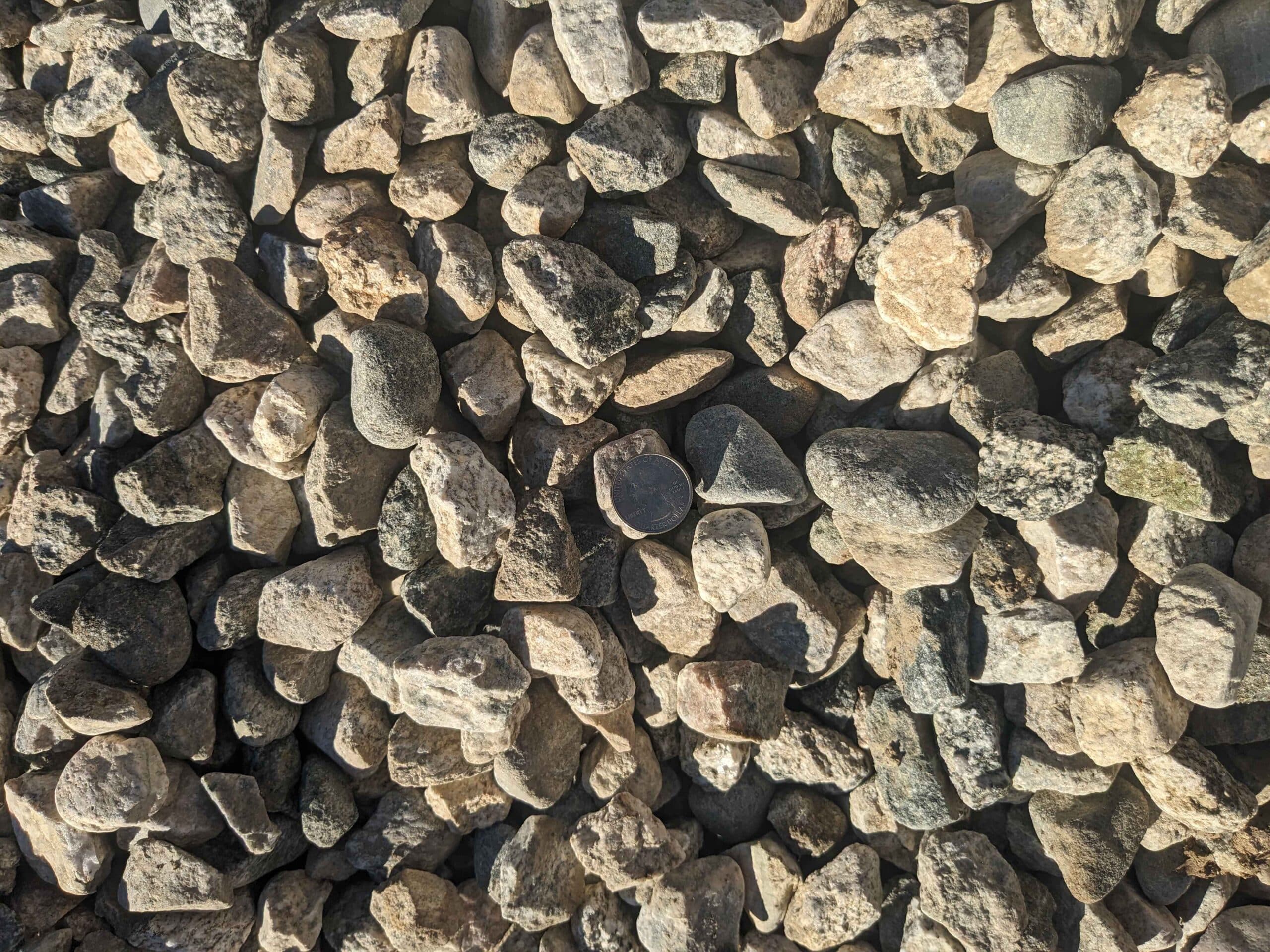Gravel rocks are a common material used in various construction and landscaping projects. Their size plays a crucial role in determining their functionality and suitability for different applications. To help you understand the importance of gravel rock size and how it affects your projects, we have put together a comprehensive gravel rock size chart for easy reference. In this article, we will delve into the basics of gravel rock sizes, discuss the differentiating factors between various sizes, explore the science behind gravel rock formation, provide guidance on choosing the right size for your project, and offer tips on maintaining and replacing gravel rocks.
Understanding the Basics of Gravel Rock Sizes
Gravel rock size refers to the diameter of the individual particles and is typically measured in millimeters. It is important to note that the size of gravel rocks can significantly impact their stability and overall appearance. Understanding the basics of gravel rock sizes is essential for making informed decisions for your construction or landscaping projects.
The Importance of Gravel Rock Size
Choosing the appropriate gravel rock size is crucial for achieving the desired functionality and aesthetic appeal in your project. Smaller gravel rocks, such as pea gravel, may be more suitable for pathways and decorative purposes, while larger rocks like river rock are often used for drainage systems and erosion control. The right size will ensure that your gravel rocks perform their intended function effectively.
Differentiating Between Gravel Rock Sizes
Gravel rock sizes can vary significantly, ranging from tiny pea gravel to large river rock. Here’s a breakdown of the different sizes:
- Tiny Gravel Rocks: Pea Gravel
- Medium-Sized Gravel Rocks: Crushed Stone
- Large Gravel Rocks: River Rock
Pea gravel rocks have a diameter of 1/8 to 3/8 inches (3 to 10 mm). They are smooth and round, making them ideal for pathways, driveways, and decorative purposes. Pea gravel provides excellent drainage and is easy to walk on.
When using pea gravel for pathways, it is important to consider the overall design and functionality of the path. The small size of pea gravel allows for easy movement and provides a comfortable surface to walk on. Additionally, the smooth and round nature of pea gravel creates a visually appealing texture that can enhance the overall aesthetic of your outdoor space.
For driveways, pea gravel can be a cost-effective option. Its small size allows for easy installation and provides good traction for vehicles. However, it is important to note that pea gravel may not be suitable for heavy traffic areas, as it can shift and become displaced over time.
When used for decorative purposes, pea gravel can add a touch of elegance to your landscaping. Its smooth and round shape creates a soft and natural look that complements various design styles. Whether used as a border for flower beds or as a filler for garden paths, pea gravel can enhance the visual appeal of your outdoor space.
Crushed stone rocks range in size from 3/8 to 1 inch (10 to 25 mm). They are angular in shape and are commonly used for drainage, base layers in driveways and patios, and as a base material for pavers. Crushed stone provides excellent strength and stability.
When it comes to drainage systems, crushed stone is an excellent choice. Its angular shape allows for efficient water flow, preventing the accumulation of water and reducing the risk of flooding. Additionally, the varying sizes of crushed stone particles create interlocking spaces that promote proper drainage.
For driveways and patios, crushed stone serves as a solid base layer. Its compacted nature provides a stable foundation that can withstand heavy loads and prevent the sinking or shifting of the surface. When properly installed and maintained, crushed stone can ensure the longevity and durability of your outdoor surfaces.
As a base material for pavers, crushed stone offers stability and support. Its angular shape allows for proper interlocking, preventing the movement of pavers and ensuring a level and even surface. Whether you’re creating a walkway or a patio, using crushed stone as a base material can help you achieve a professional and long-lasting result.
River rock is larger, with a diameter of 2 to 6 inches (50 to 150 mm). These rocks have a smooth, rounded shape and are often used for decorative purposes, such as in water features, gardens, and landscaping. River rock adds natural beauty to your outdoor spaces.
When it comes to water features, river rock can create a stunning visual effect. Its smooth and rounded shape mimics the appearance of natural river stones, adding a touch of tranquility to your outdoor oasis. Whether used in a pond, fountain, or waterfall, river rock can enhance the overall aesthetic and create a soothing atmosphere.
In gardens and landscaping, river rock can serve multiple purposes. It can be used as a decorative element to create borders or define different areas within your outdoor space. Additionally, river rock can help with erosion control by providing a protective layer that prevents soil erosion and runoff. Its larger size also makes it less likely to be displaced by heavy rainfall or strong winds.
When designing your outdoor space, consider incorporating river rock to add texture and visual interest. Its natural colors and smooth texture create a harmonious blend with plants and other landscaping elements. Whether used as a ground cover or as a focal point, river rock can elevate the overall aesthetic of your outdoor environment.
Detailed Breakdown of Gravel Rock Sizes
Now that we have covered the basics of gravel rock sizes, let’s delve deeper into each size category and explore their specific uses and applications.
Tiny Gravel Rocks: Pea Gravel and Its Uses
Pea gravel rocks, as mentioned earlier, are small and smooth. Aside from pathways and driveways, they are also commonly used for playground surfaces, dog runs, and as a filler material in flower beds. Their versatile nature and excellent drainage capabilities make them a popular choice for many landscaping projects.
Medium-Sized Gravel Rocks: Crushed Stone and Its Applications
Crushed stone rocks offer a wide range of uses due to their angular shape and interlocking properties. They are extensively used in the construction of driveways, patios, and walkways, providing excellent support and stability. Crushed stone is also commonly used to create a solid base for retaining walls and as a drainage material for french drains.
Large Gravel Rocks: River Rock and Its Purposes
River rock stands out due to its larger size and smooth, rounded shape. It is often used for decorative purposes, bringing a natural and tranquil feel to outdoor spaces. River rock can be used to create dry river beds, pathways, and borders, providing a visually appealing element in gardens and landscaping projects.
The Science Behind Gravel Rock Formation
Gravel rocks are formed over thousands or millions of years through geological processes. Understanding the science behind gravel rock formation can give us insight into the characteristics and composition of these rocks.
The Geological Process of Gravel Rock Formation
The primary geological processes responsible for gravel rock formation are weathering and erosion. Weathering breaks down larger rocks into smaller fragments, while erosion transports and deposits these fragments, ultimately forming gravel beds. The type of rock and the environmental conditions during weathering and erosion contribute to the specific properties of gravel rocks.
How Weather Conditions Affect Gravel Rock Sizes
Weather conditions, such as temperature changes and the presence of water, can impact the size of gravel rocks. Freeze-thaw cycles, for example, can cause rocks to crack and break into smaller pieces, leading to the formation of smaller-sized gravel rocks. Inversely, the continuous movement of water can also transport smaller rocks together, forming larger-sized gravel rocks.
Choosing the Right Gravel Rock Size for Your Project
With a clear understanding of gravel rock sizes and their applications, you can now choose the most suitable size for your project. Consider the following factors when making your decision:
Factors to Consider When Selecting Gravel Rock Size
- Project Purpose: Determine the intended use of the gravel rocks, whether it’s for functional or decorative purposes.
- Site Conditions: Assess the drainage, soil type, and existing landscape features to ensure proper integration of gravel rocks.
- Aesthetic Appeal: Consider the overall design and visual impact you want to achieve with your project.
- Budget and Availability: Evaluate the cost and availability of different gravel rock sizes.
Common Mistakes to Avoid When Choosing Gravel Rock Size
While selecting gravel rock sizes, there are a few common mistakes that you should avoid:
- Choosing the wrong size: Ensure that the size you select aligns with the intended purpose and site conditions. Using the wrong size can affect functionality and overall aesthetics.
- Not considering compatibility: If you already have existing gravel rocks in your project area, make sure the new rocks are compatible in size and appearance.
- Overlooking maintenance requirements: Some sizes may require more maintenance, such as frequent raking or cleaning, to keep them in optimal condition.
Maintaining and Replacing Gravel Rocks
Proper maintenance and timely replacement of gravel rocks are essential to ensure their longevity and functionality over time.
When to Replace Your Gravel Rocks
Regularly inspect your gravel rocks for signs of wear and damage. If you notice significant disintegration, erosion, or changes in size that affect their performance, it may be time to replace them. Additionally, if your project requirements change, you may need to replace gravel rocks with a different size.
Tips for Maintaining Your Gravel Rocks Over Time
Follow these tips to maintain your gravel rocks and keep them in optimal condition:
- Regularly remove debris and vegetation to prevent unwanted growth and maintain a clean appearance.
- Reshape and redistribute gravel rocks as needed to ensure even coverage and prevent erosion.
- Monitor drainage to prevent water accumulation and potential damage to the underlying layers.
- Consider applying a stabilizing agent, such as gravel grid systems, to improve stability and minimize movement.
By following these maintenance practices and being proactive about replacement when necessary, you can ensure that your gravel rocks continue to serve their intended purpose effectively.
In conclusion, understanding gravel rock sizes is crucial for choosing the right material for your construction and landscaping projects. The comprehensive gravel rock size chart provided in this article, along with insights into the science behind gravel rock formation and maintenance tips, will empower you to make informed decisions and achieve the desired results. Whether you are working on a small backyard project or a large-scale construction endeavor, the appropriate gravel rock size will play a significant role in the success and longevity of your project.
Find the Perfect Gravel Rock Size for Your Project with Bulk Aggregate Supply
Ready to select the ideal gravel rock size for your next project? Look no further than Bulk Aggregate Supply. Our commitment to exceptional customer service and high-quality aggregates ensures you receive the best materials without the hassle of calling around for quotes. Whether you’re working on a small driveway or a large civil construction project, we’ve got you covered. Check out our products today and experience the convenience of our white glove aggregate supply service, delivered straight to your site.

